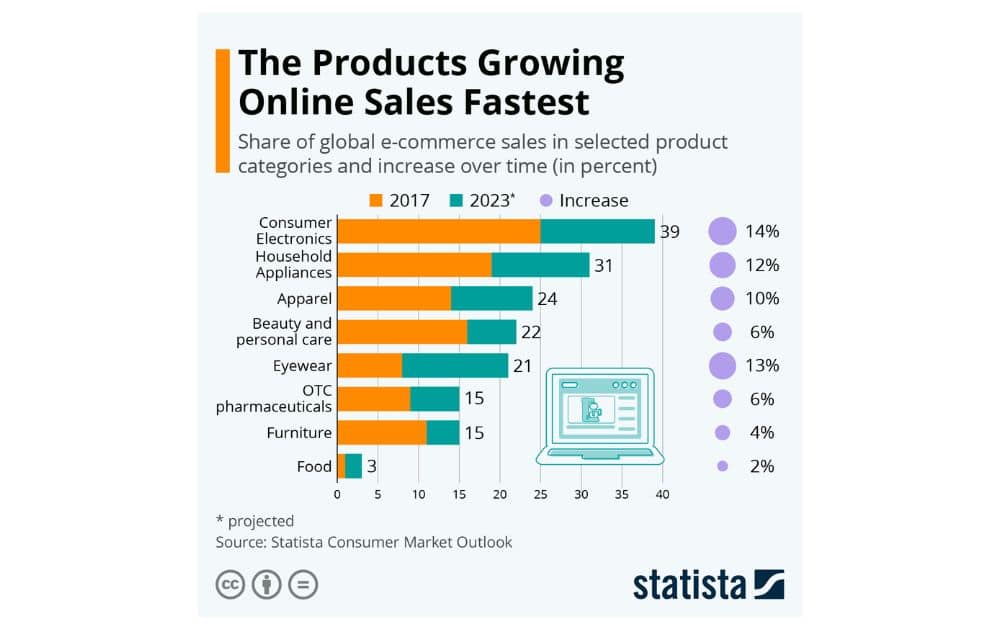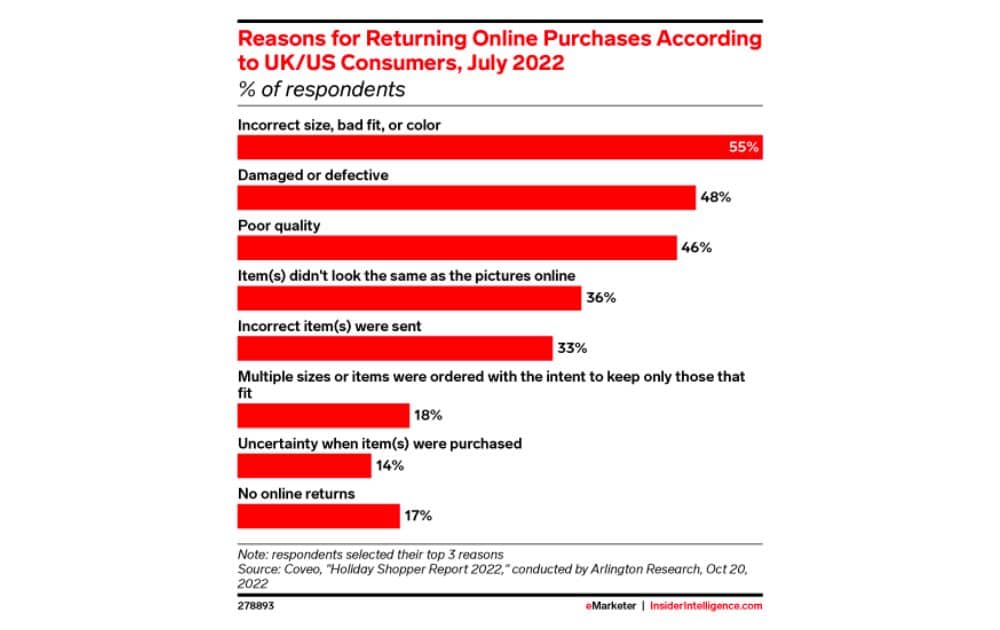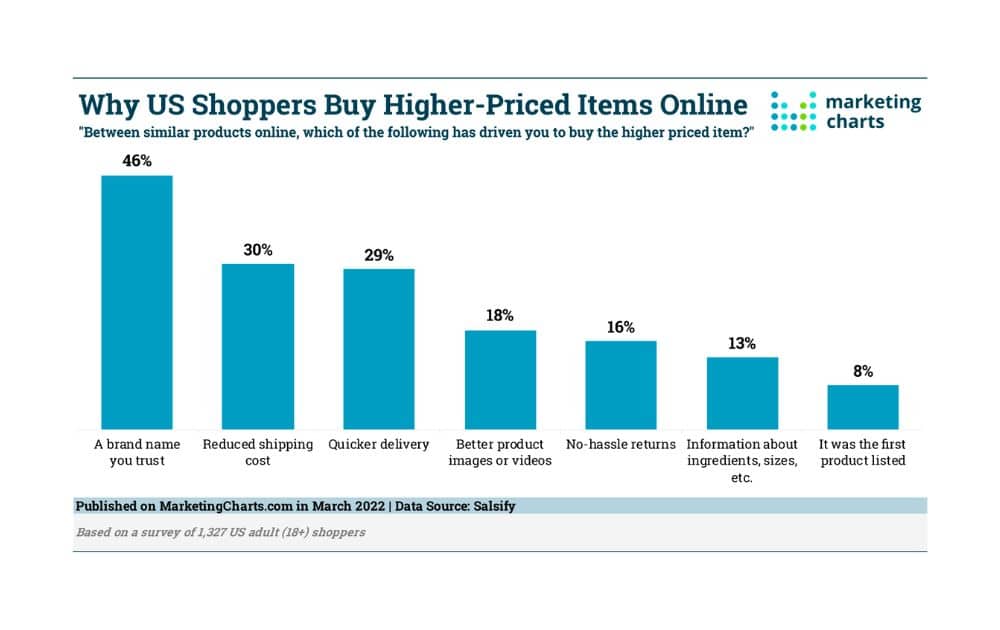Ecommerce sellers often view reverse sourcing as a riddle shrouded in mystery. Yet taking the time to learn this technique is a worthy endeavor, especially for those who are struggling to find the right products to offer their target market.
Imagine a treasure hunt, where instead of starting with a map, you begin with the treasure itself and work your way backward to its source. That’s what reverse sourcing is all about.
This article peels back the layers of product sourcing method, revealing how it’s not just a strategy but an art form. When mastered, it can lead to a trove of new product opportunities for savvy sellers.
What is Reverse Sourcing?
Reverse sourcing is a strategic approach that flips traditional sourcing methods. Instead of beginning with a product idea or a supplier and then finding a market for it, you’ll start with the end product and work your way backwards to identify and source the product from its original supplier.
The process involves identifying products that are not only popular but also offer a good margin when sourced directly from manufacturers or wholesalers.
Reverse wholesale sourcing requires a keen eye for market trends, an understanding of consumer behavior, and the ability to navigate the complex landscape of wholesale suppliers.

As illustrated by Epic Sourcing, reverse sourcing streamlines the connection between a quality product from a reliable supplier straight to a business. It’s a unique opposition to DIY sourcing, which may require a business to go around in circles trying to find the right supplier.
Benefits of Reverse Sourcing
When executed skillfully, reverse sourcing offers a range of benefits that can significantly elevate a seller’s success. Here are some of the key advantages:
Reduced Risk and Higher Confidence in Product Selection
Traditional sourcing methods often involve a degree of guesswork and speculation. In contrast, reverse sourcing is grounded in concrete data about what’s already performing well in the market.
This approach minimizes the risk of investing in products that might not sell, giving sellers a higher level of confidence in their choices.
Efficiency in Finding Profitable Products
Time is a precious commodity in the fast-paced world of eCommerce. Reverse sourcing streamlines the process of product discovery. By focusing on already successful items, sellers can bypass the lengthy and often uncertain phase of product experimentation.
Access to Established Demand
Reverse sourcing circumvents customer demand predictions by targeting products with a proven sales track record on platforms like Amazon. This ensures that sellers tap into existing customer interest rather than trying to create it from scratch.
Opportunities for Brand Growth and Diversification
By uncovering a variety of already successful products, sellers can diversify their offerings more strategically. This helps not only scale the business but also build a more resilient brand that can withstand market fluctuations.
Reverse Sourcing on Amazon
It goes without saying that it’s particularly powerful to use reverse sourcing on Amazon. By analyzing what’s already selling well, a seller can pinpoint products that are proven to be profitable.
This method is a stark contrast to the traditional approach, where sellers might source products based on speculation or trends without concrete evidence of their success in the marketplace.
Here’s a step-by-step guide to navigating reverse sourcing effectively:
Market Research and Product Identification
Start by diving into Amazon’s marketplace to spot Amazon trends and identify top-selling products. For instance, Statista Consumer Market Outlook reveals that online sales of consumer electronics and apparel continue to experience rapid growth in their proportion of total sales.

You can start with these categories and focus on products with high demand but relatively low competition. You can also look for items with consistent sales history and positive reviews.
Utilizing ASINs for Deeper Insights
If you’re a seller who wants to know how to find distributors for Amazon, look no further than the products’ unique ASINs. You can use ASINs to gather detailed information to discover insights into products’ sales volume, price history, and competitive analysis.
Supplier Identification and Contact
Once you’ve identified potential products, the next step is to find out who supplies these items. Product sourcing for ecommerce can involve a bit of detective work, using the product details and manufacturer information available on Amazon.
Negotiating Terms and Pricing
Reach out to these suppliers or manufacturers directly. Establishing a good relationship with suppliers is key in Amazon reverse sourcing. Discuss pricing, minimum order quantities, and shipping terms.
Negotiate favorable terms for both parties. Remember, the goal is to source products at a cost that allows for a healthy profit margin when sold on Amazon.
Quality Control and Compliance
If you want to learn how to master wholesale sourcing for Amazon FBA, quality control is a part you should never take for granted.
Poor product quality is why 46% of online shoppers have returned orders in the past. It’s one of the top reasons for returning purchases, next to packing mistakes by sellers or fulfillment providers and damaged products.

Before finalizing any deal, ensure the products meet Amazon’s quality standards and compliance requirements. Order samples first to assess the quality and avoid future returns or customer dissatisfaction issues.
Monitoring and Adapting
Continuously monitor your product’s performance, customer feedback, and market trends. To make informed inventory decisions, leverage data, such as:
- Sales velocity
- Inventory turnover rates
- Customer demand patterns.
Be prepared to adapt your strategy, whether it’s tweaking your product offerings or adjusting pricing.
Challenges and Solutions in Reverse Sourcing
Reverse sourcing can come with a unique set of challenges. Fortunately, strategic solutions can help overcome these obstacles.
Market Saturation
Products that are initially profitable can quickly attract numerous sellers. This can lead to a saturated market, which often results in reduced margins and increased competition.
As more sellers flock to these popular products, it also becomes challenging to maintain a high sales volume, impacting overall profitability.
Solution: Monitor market trends and diversify product offerings to avoid heavy competition. You can also take advantage of Amazon’s own analytics tools as well as third-party applications to access real-time data and identify saturation points early.
Pricing Strategy
When products are chosen based on their existing success, there’s often intense competition, leading to pressure to set lower prices. In addition, costs such as procurement, shipping and any unexpected expenses can fluctuate, affecting profit margins.
Solution: Understand the price range within your product category to determine the upper and lower limits of what customers are willing to pay. A study cited by Marketing Charts says US shoppers are willing to pay more for items from trusted businesses.

You can also implement dynamic pricing strategies that allow flexibility in response to market changes, competitor actions, and demand fluctuations.
Adapting to Consumer Trends
With such a fast-paced market evolution, consumer trends can shift rapidly due to factors like seasonal changes, emerging technologies, and evolving consumer needs.
Products that are popular today can quickly become outdated or less desirable, leading to a surplus of inventory, and reduced sales.
Solution: Leverage data analytics tools like the Amazon Insights Program to track and analyze consumer behavior, including:
- Purchase patterns
- Search trends
- Product reviews
- Customer feedback
In addition, social media, forums and Q&A sections can also help you engage with and learn from your target audience. This direct input can be a goldmine for understanding consumer needs and preferences.
The Lowdown
By understanding and implementing reverse sourcing, sellers can uncover profitable products, reduce risks, and adapt to the ever-changing e-commerce landscape.
It’s a journey of discovery, where the treasure is not just the products you find, but the insights and skills you gain along the way, and how you can harness its power to elevate your selling game.
Author




